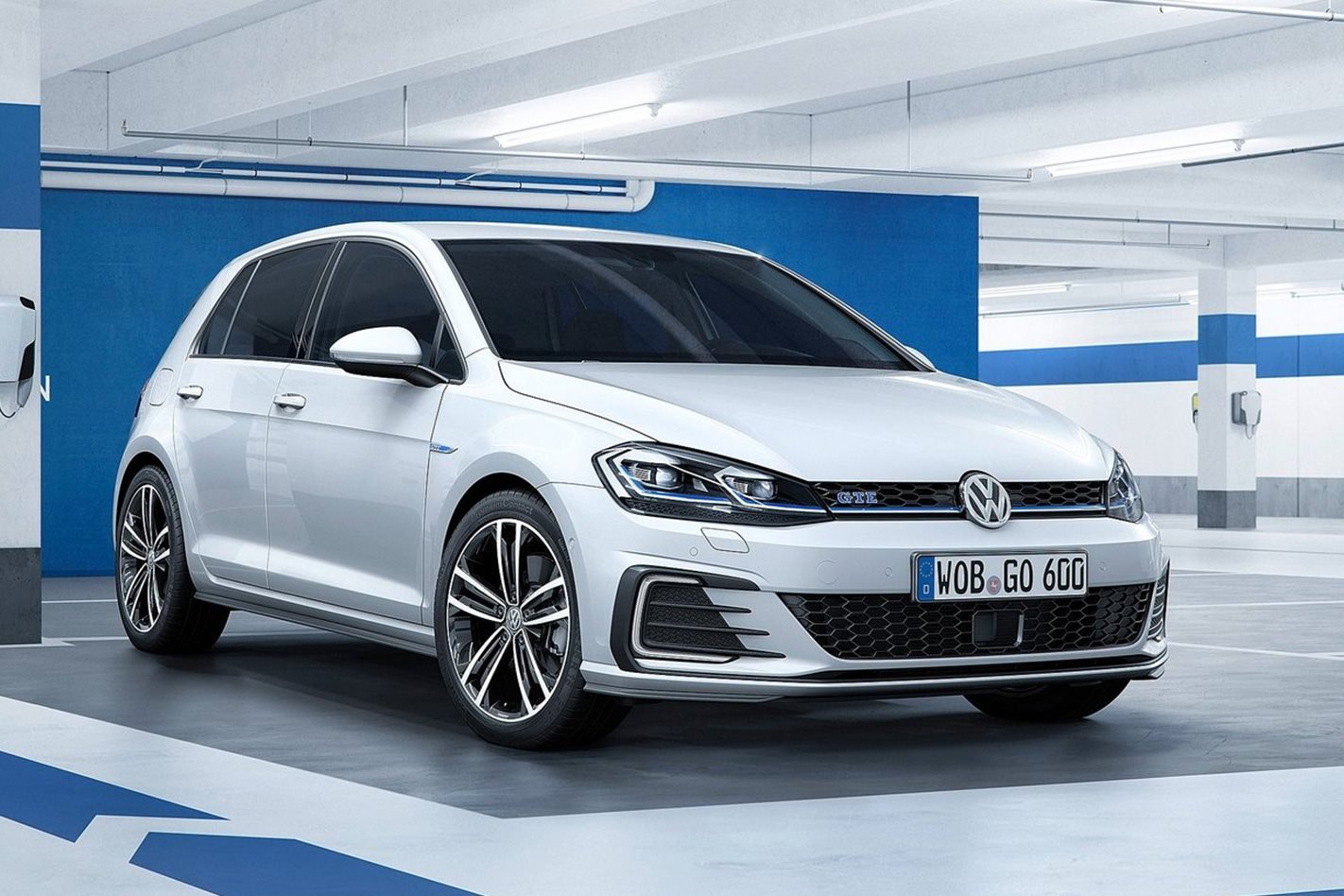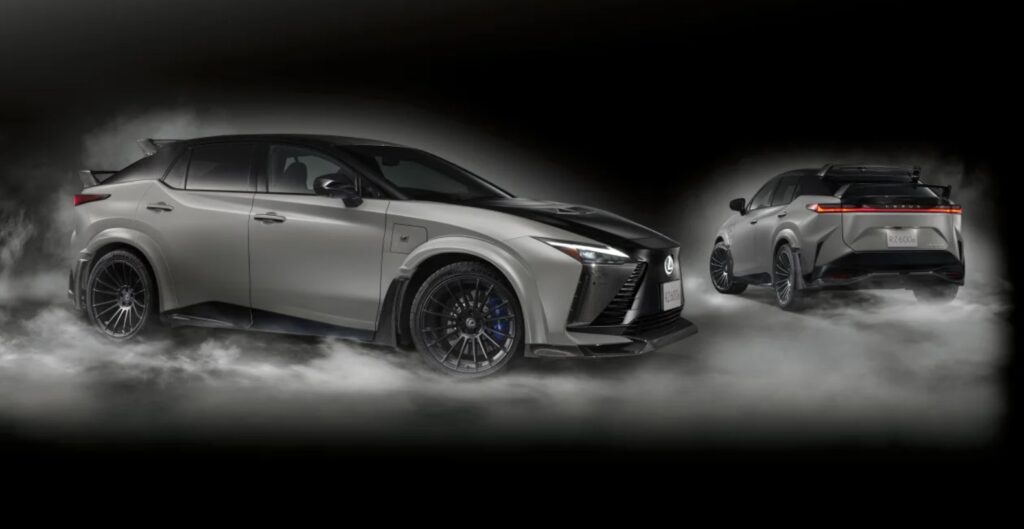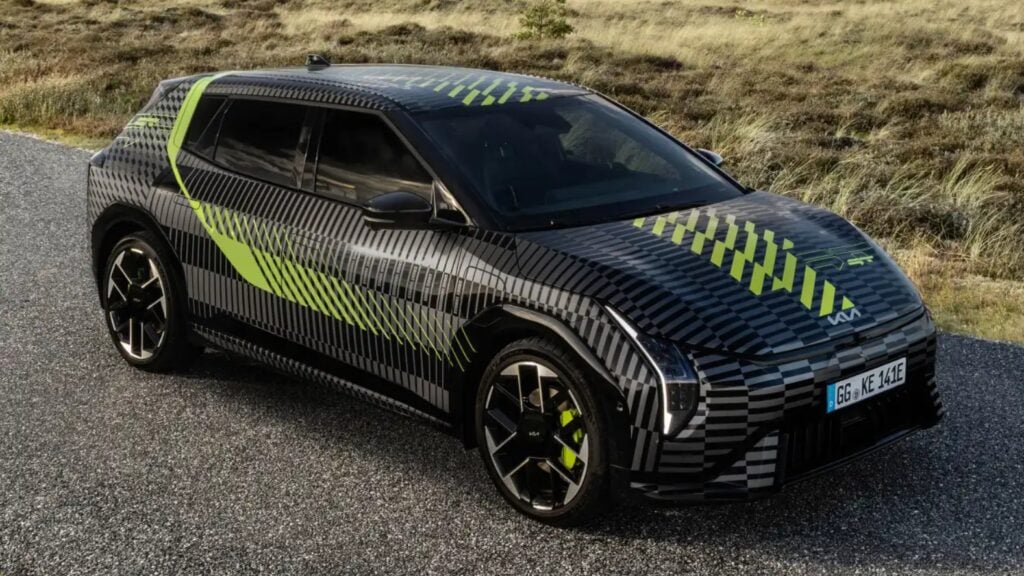The Volkswagen Golf is cementing its position as the small-car class’s most sophisticated model with a major update incorporating new driver aids, a new ‘Evo’ engine, and advanced infotainment systems with available gesture control.
VW released images and details overnight for its Golf 7 facelift, which will go on sale locally from mid 2017.
Subtle exterior tweaks make the news all about the Golf’s engine bay and interior, which bring a number of firsts for its segment.
While an Evo badge would normally get us excited, in this instance it’s applied to VW’s new 1.5-litre four-cylinder petrol range that’s more about driveability and efficiency than performance.
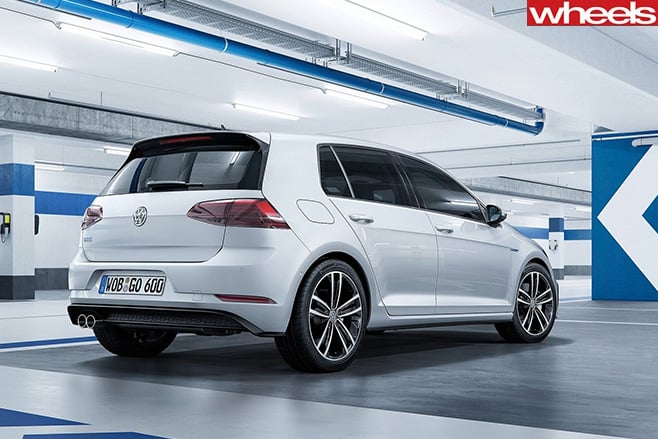
The initial 1.5-litre unit produces 110kW and 250Nm, the latter figure produced at just 1500rpm with cylinder-deactivation technology dubbed Active Cylinder Management contributing to a European-quoted fuel consumption of 4.9 litres per 100km.
An even-thriftier Bluemotion version will follow, offering 96kW, 200Nm, and a coasting function to help achieve official efficiency of 4.6L/100km.
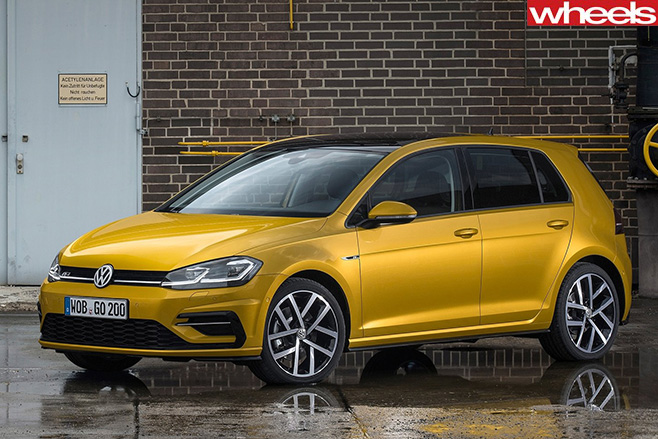
That includes switching the seven-speeder into the Volkswagen Golf GTI and GTI Performance models, both of which gain small power hikes for their 2.0-litre four-cylinder turbos. The GTI’s output jumps 7kW to 169kW, while the Performance climbs from that total figure by 11kW to 180kW.
The GTI models arrive slightly later in Australia, in the third quarter of 2017.

Volkswagen Australia, though, has confirmed it is aiming to introduce the GTE plug-in hybrid that uses the same petrol-electric combination as the Audi A3 e-tron already here.
More advanced infotainment systems and smarter smartphone integration dominates the interior update that also includes some new trim and seat covers.
Small monochrome displays are out even for base models, with all Golfs adopting larger and higher-resolution colour touchscreens.

Sensors allow users to make a ‘swipe’ gesture to flip through multiple screens and options, and combines with touch and voice control to reduce the number of physical buttons.
The display size increases from 8.0 to 9.2 inches, and the entry-level 5.0-inch display widens to 6.5 inches.
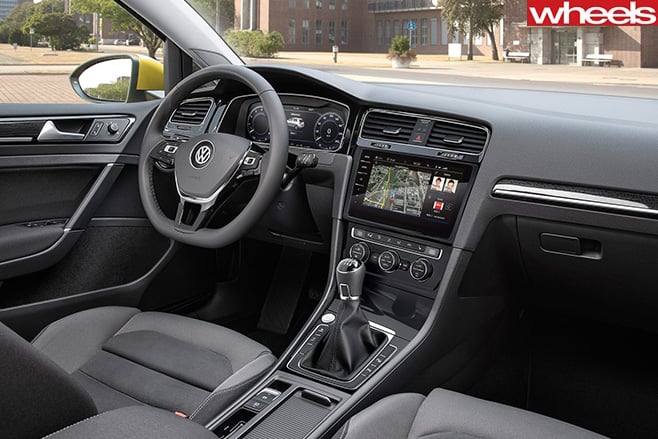
Media Control also allows occupants to control infotainment functions via their tablet or smartphone, while the latter can be paired with the car’s on-board antenna for improved phone call reception.
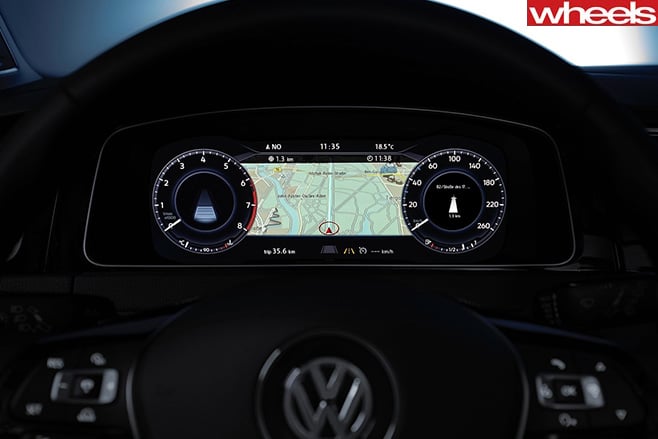
If you’re still trying to spot the visual differences between Golf 7 and Golf ‘7.5’, there are revised bumpers front and rear, new LED tail-lights standard on all models, new wheel designs, while on some models new LED headlights replace xenons as standard.


